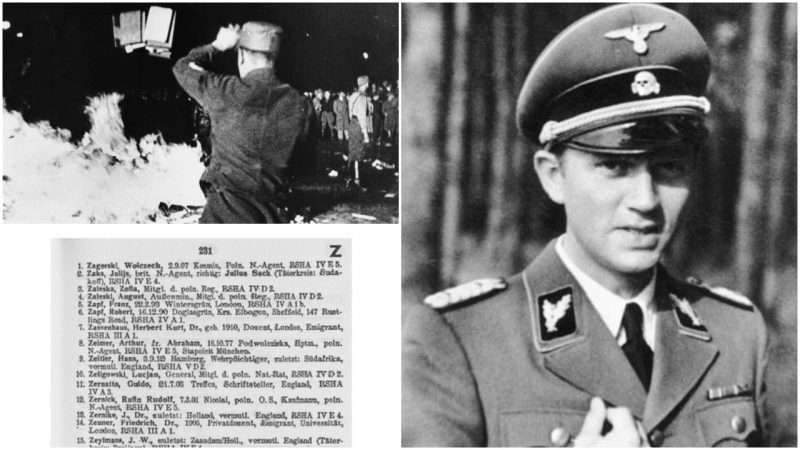The Black Book was a natural extension to the Nazi activities of the 1930s
There were 2,820 names in the notorious Black Book of the Nazis, names of people they wished to arrest upon successful annexation of Great Britain to the Third Reich.
Sigmund Freud, Virginia Woolf, Bertrand Russel and Violet Bonham Carter, grandmother of the actress Helena Bonham Carter, were just part of the names.
Other names on the list showed Prime minister, Winston Churchill; figures like J.B. Priestley, the creator of anti-Nazi famous broadcasts and fiction; Robert Smallbones, a British diplomat who had granted visas to 48,000 Jews and was virtually a British hero of the Holocaust, and the author Aldous Huxley, who had already emigrated to the USA in 1936.
So it was a list that featured notables and influential people from each segment of British society.
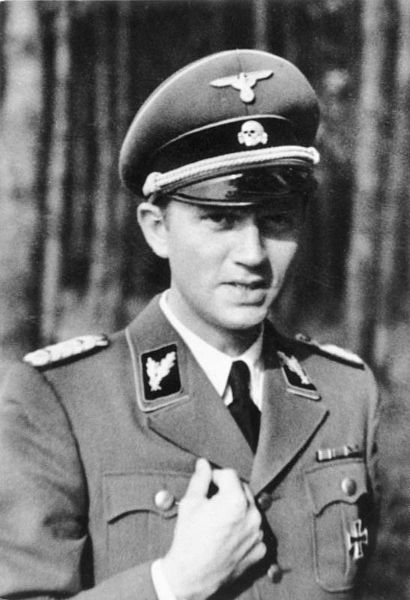
The Black Book is originally known as the Sonderfahndungsliste G.B. or translated as the Special Search List of Great Britain. The Nazi aimed at a successful invasion of Great Britain, where many natives strongly opposed the ideology of the Nazi Germans, and where many other Europeans already lived in exile by 1940.
Thankfully, such invasion never happened, much as a result of the “Battle of Britain” that has reached its climax in September 1940. Britain’s navy and air force have successfully defended the territory and virtually made Nazi invasion impossible to happen.
On the other hand, The Black Book can be regarded as nothing more than a natural expansion of the regular Nazi activities. That can easily be related to the book-burning campaigns conducted by the German Student Union throughout the 1930’s.
The Nazi naturally targeted books that were subversive in their content or subtly opposed the Nazi ideology. Most often, these books came from Jewish authors, but also pacifists, communist authors, classical liberals and others.
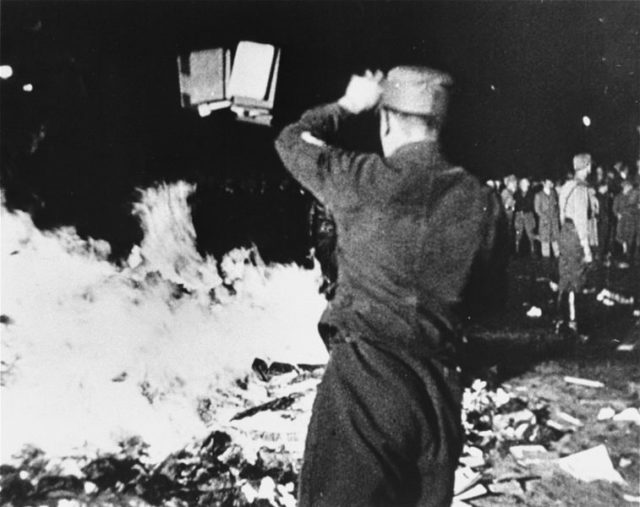
April 8th, 1933 is to be remembered as the date when the main Office for Press and Propaganda of the German Student Union had announced a country-wide “Action against the Un-German Spirit.” The goals of the action were to burn down all work of literature that was not in alignment with the ideology. Hence, the same logic would later apply for people.
Much appraised German poet and literary critic of the 19-th century, Heinrich Heine will say: “Where they have burned books, they will end in burning human beings.” Retrospectively, Heinrich had foreseen that the future of his own country as the “Action against the Un-German Spirit” will virtually materialize at Berlin’s Bebelplatz over the spring of 1933.

Bearing that in mind, the logics of the Nazism are simple to understand: what does not serve well the ideology must be cut out and diminished. Consequently, The Black Book as an instruction text, this time concerned the people of Great Britain. It was a rather technical and dry reading but pretty insightful of the Nazi Germans plans for one of their major European enemies.
The Black Book was an appendix to Gestapo’s handbook for the invasion of Britain
The Black Book was just a section of a larger handbook under the title Informationsheft Grossbritannien, and it was in the ownership of Gestapo. It consisted of several distinct sections, each worth the attention. A section named as “Constitutional Structure” reads the following: “The current state of war clearly illustrates how much democratic freedom in Britain is there really.”
Another fragment of the same book section reads: “An Enabling Act at the beginning of the war has allowed the government to impose military law on the entire country, which in its dictatorial application defies all democratic principles.”
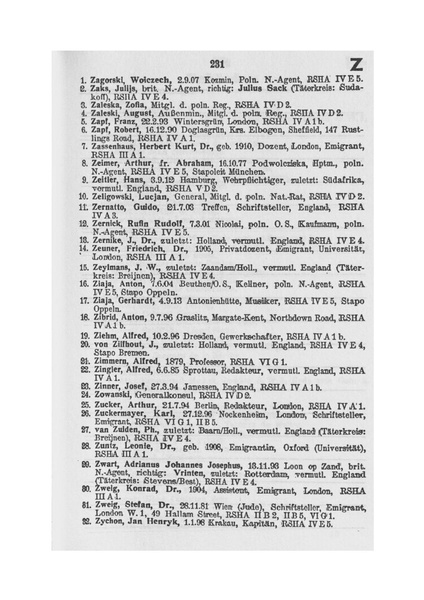
Further on, a section that concerned the educational system of Britain, put an emphasis on Britain’s public school system. An extract reads: “They merit special attention so far as they have for centuries educated and politically orientated the country’s political leadership.”
Another one, “Important Museums in England” begins with the following: “England has some of the largest museums in the world. Art treasures and cultural valuables have been collected or stolen for decades.”
As Brits used radio broadcasts to spread anti-Nazi speeches, featuring prominent figures like the German author Thomas Mann, the handbook also cared to record the following: “The extent to which English radio broadcasting has supported anti-German agitation and propaganda is well known.”
Historians agree that the handbook makes a fantastic read
Gestapo’s handbook was as thick as 144 pages and its purpose was to provide step-by-step instructions how Nazis can infiltrate into British society upon the planned invasion.
The handbook was probably made thanks to British intelligence mole, Dick Ellis, the main source of all composed material. However, much of the same information was available within the public domain, mostly through newspaper articles.
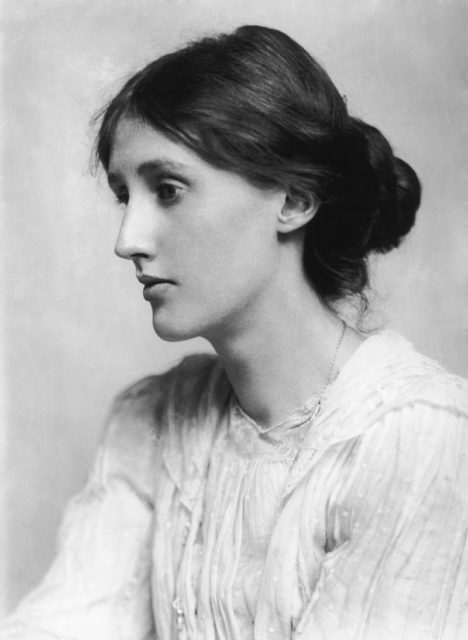
In the introduction to Invasion 1940, a publication issued in 2000 that took Gestapo’s handbook as a main subject, historian John Erickson has written the following: “Informationsheft GB is actually a substantial compendium covering every aspect of British life, of little use to the frontline soldier fighting his way in but indispensable to those setting up a German-dominated administration and occupation regime.“
Much agreed with the Führer, the Gestapo Handbook for the Invasion of Britain (as the German title is translated), was to be distributed among the occupation forces and serve as a tutorial. Historians agree that despite its technical nature, it still makes a fantastic read.
Birmingham was planned to be the city that would accommodate the new Gestapo offices. And it was SS General Walter Schellenberg to become the ‘Police’ chief responsible for Great Britain after the invasion.
Thanks to this guide book, it was also known in which department will investigate which person, and for what sort of crime. Some individuals were ‘wanted’ under a number of different departments and priorities were certainly planned, but there was never enough evidence to pin them down.
Naturally, the Jewish community would be the one to fear the most, bearing in mind all Holocaust activities that followed through the WWII.
Great Britain was a hot hub for the Jewish community anyways, as by 1940 the country was already a home to more than 400,000 people of direct Jewish prominence. What followed the list of priority was certainly arresting all friends of this community and then proceed with the Freemasons as the next target.
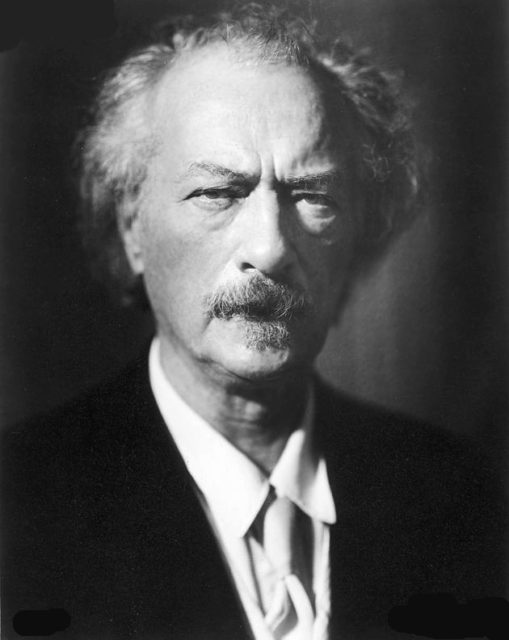
Undoubtedly, The Black Book was the most popular section of the Gestapo’s handbook, as it referred to actual individuals who needed to be rounded up.
Finally, the Nazis had well-set plans for other European countries as well. Great Britain was not alone here as records show that similar lists and manuals existed for the USSR, Poland, France and other countries.
